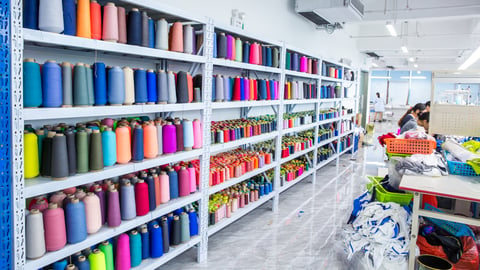
At first, what is Dope dyeing?
It also known as solution dyeing, has a lower environmental impact compared to traditional dyeing methods. The dyes are applied as pellet pigments to the pellet raw materials, before being spun into yarn. This way there’s a great reduction in water, energy and chemicals used, without limiting the quality of the product.
HOW IS IT DIFFERENT FROM CONVENTIONAL DYEING TECHNIQUES?
In traditional dyeing processes, garments are first created and then dyed, by dipping them in different solutions of water and chemicals that are kept at various temperatures. Large amounts of water are therefore used to be then treated and purified from the chemicals, before being eventually discharged into the environment.
In dope dyeing though, yarns are dyed before they’re made into garments. The colour pigment is embedded through pellets directly into the yarn and the pre-coloured yarn is then made into fabric. This process saves loads of water and energy by condensing several steps in one.
IS DOPE DYEING A LOWER QUALITY DYEING TECHNIQUE?
Just the opposite! Santic's tests on the products have proven that the fabrics’ technical properties are even better (better support and sweat wicking properties). Better yet, it’s proven that the fabric is more durable too. It has increased colour-fastness to light, washing and crocking (rubbing) because the pigment is actually bound to the fibres, and so the fabric hasn’t been subjected to different chemical solutions.
IS THERE A DIFFERENCE IN THE AESTHETICS OF THE PRODUCTS DYED WITH DOPE DYEING?
Not a noticeable one, no. The main aesthetic difference with the dope dyed Vital Seamless, for example, is a slight difference in the look of the marl, and even this is due to the nature of the dope dyed yarns.
At Santic, we switch to a more eco-friendly path starting from fiber innovation. We would like to expand dope-dyed fibres to more and more products. Santic will be keeping up the research and will work towards using this technology more and more in the future.
